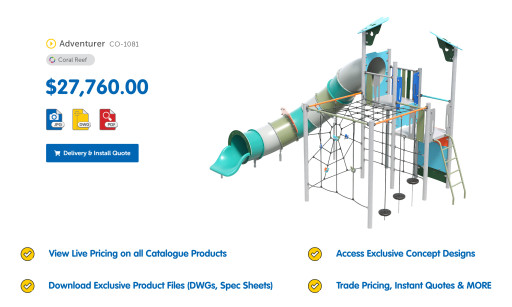Creating inclusive spaces through sensory gardens
Sensory gardens are outdoor environments designed to invite interaction through sight, touch, sound, smell and sometimes taste. They give people a place to slow down, explore and simply be. While often associated with children, sensory spaces can support people of all ages and abilities, offering calm and connection in busy public places.
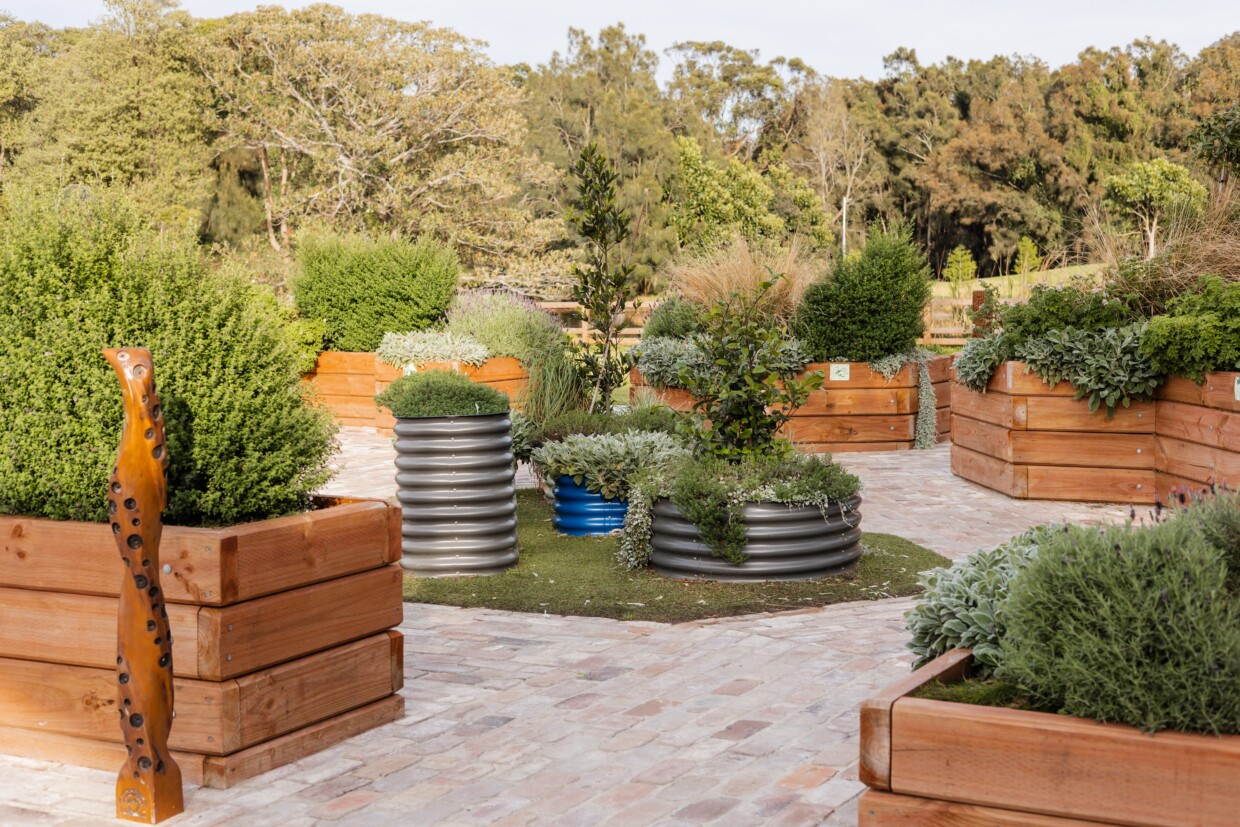
Share post
Australia’s natural environment offers rich opportunities for sensory engagement. Native plants, local stone, textured materials and seasonal change all help build stronger connections between people and place. When used thoughtfully, these elements can support wellbeing, habitat diversity and a practical culture of care for the landscape.
Why Include a Sensory Garden?
Sensory gardens are increasingly recognised as important in community, educational and healthcare settings. Research shows that time spent in nature helps regulate stress, supports emotional wellbeing and promotes cognitive function in both children and adults.
Key benefits:
- Provides quiet retreat spaces alongside high energy playground areas.
- Inclusive and accessible for a wide range of sensory needs.
- Encourages nature based play that supports curiosity, calm and exploration.
- Assists with motor skills, balance, language development and social interaction.
- Scales easily from compact courtyards to large community spaces.
Designing for Universal Access and Comfort

A well-designed sensory garden should feel intuitive to move through. Clear, accessible paths allow both independent and assisted mobility so users can explore at their own pace. Seating spread through the space encourages pause, conversation and rest, supporting a wide range of ages and physical abilities.
Good wayfinding, clear edges and logical routes also help neurodivergent users feel more comfortable and in control.
Planting for Sensory Engagement
Planting plays a major sensory role through movement, texture, scent and seasonal change. Using Indigenous and locally adapted plants also supports biodiversity and cultural connection. A layered approach helps the space stay welcoming year round and supports diverse sensory needs.
Planting guidelines:
- Choose low allergen, non spiky plants in high contact areas.
- Combine evergreens with seasonal flowering species for year round interest.
- Include grasses and foliage that respond to wind for gentle sound and visual rhythm.
- Support native pollinators such as bees and small birds.
Working with local nurseries and landscape partners helps with plant selection, establishment and long term care.
How Moduplay Supports Sensory Garden Projects
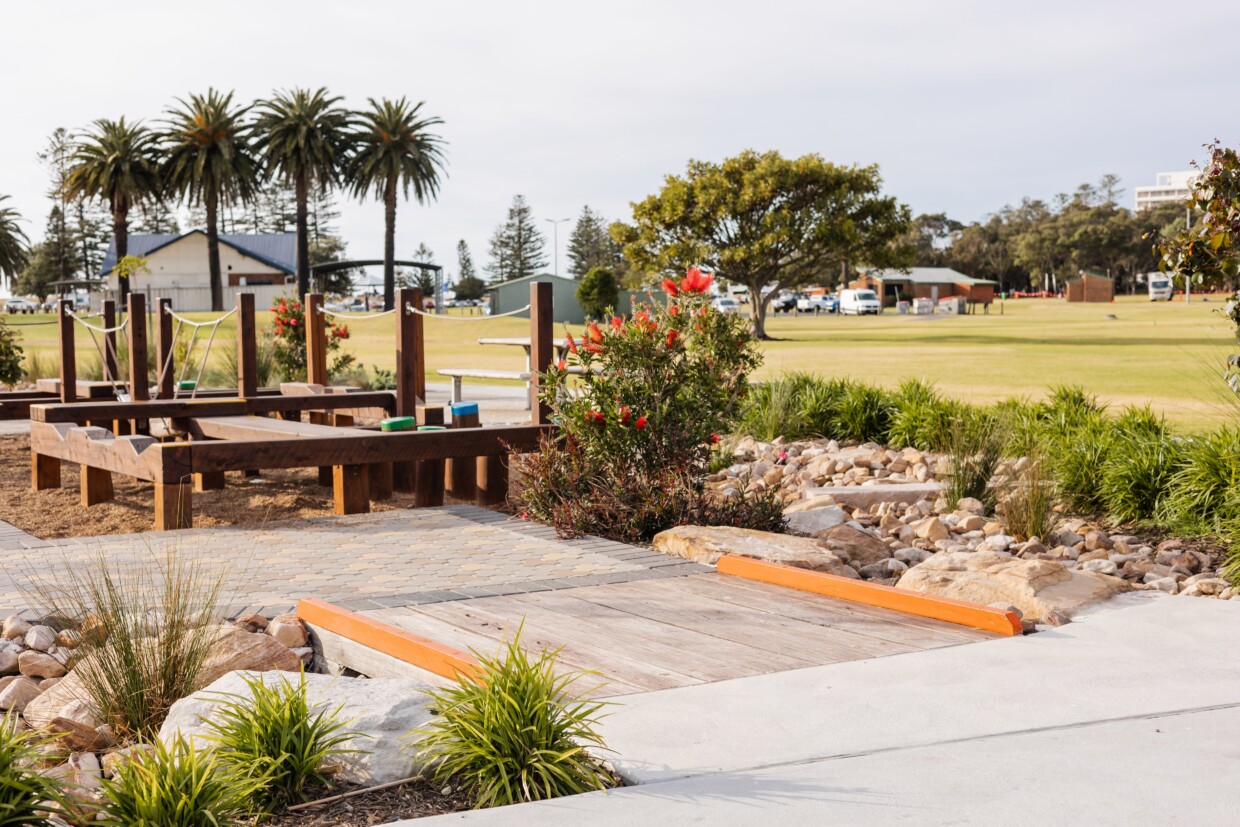
MModuplay integrates sensory play with landscape design to create cohesive, durable outdoor environments. We do not just drop in standalone products and walk away, we work with councils, schools and designers to make sure each piece earns its place in the space.
We can assist with:
- Concept and detailed design that combines planting, play and movement.
- Use of natural materials such as timber, sandstone and boulders.
- Seating, wayfinding and circulation that support community use.
- Product selection and layout that meet compliance, safety and durability requirements.
This approach helps ensure the sensory garden is not just a nice idea on a plan, but a functional environment that lasts.
Meeting Sensory Needs Through Play
Sensory needs can be met through a range of products, many of which may already be hiding in plain sight on our website. Here are some examples that fit naturally into a sensory garden.
Sound, Texture and Light Interaction
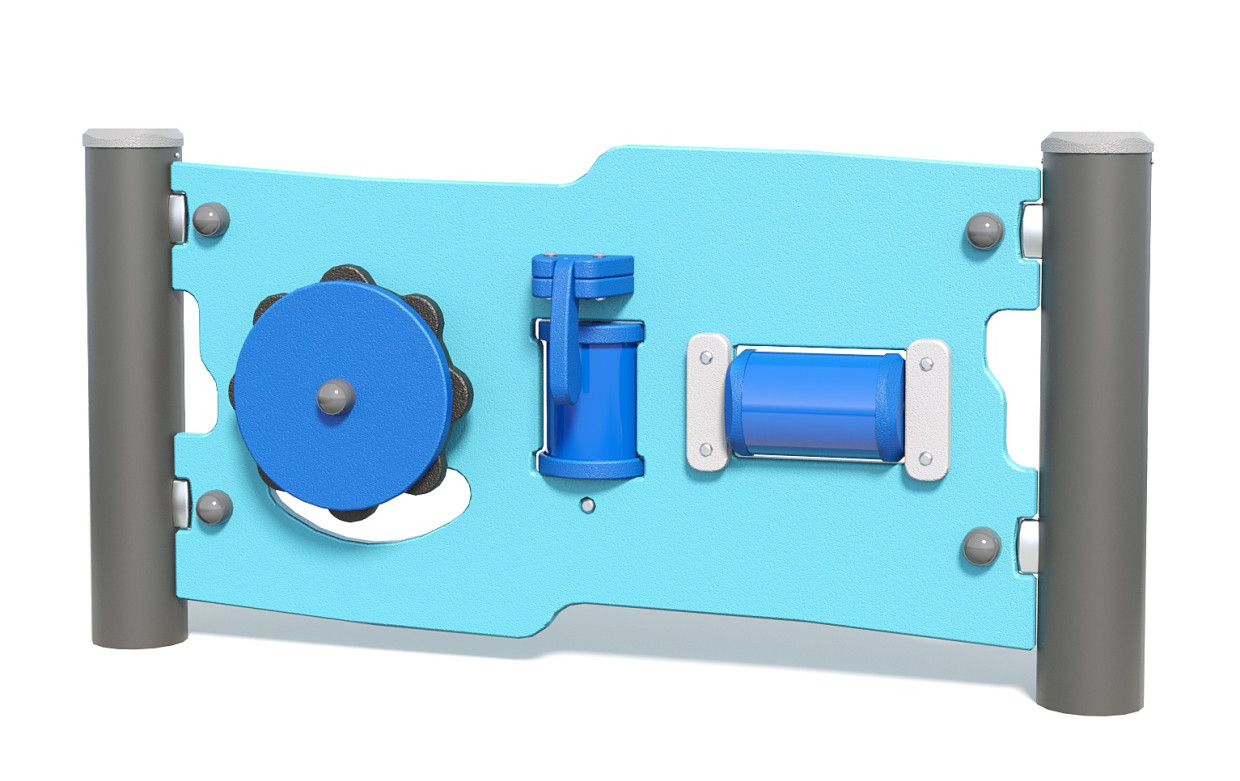
Featured product: Percussion Panel
Voice tubes, kaleidoscope panels, squeeze cylinders and infinity mirrors help support curiosity and communication.
Nature-Focused Structures

Featured product: Bushwood Balance Trail
Bushwood elements provide grounding textures and natural form.
Sand and Water Structures
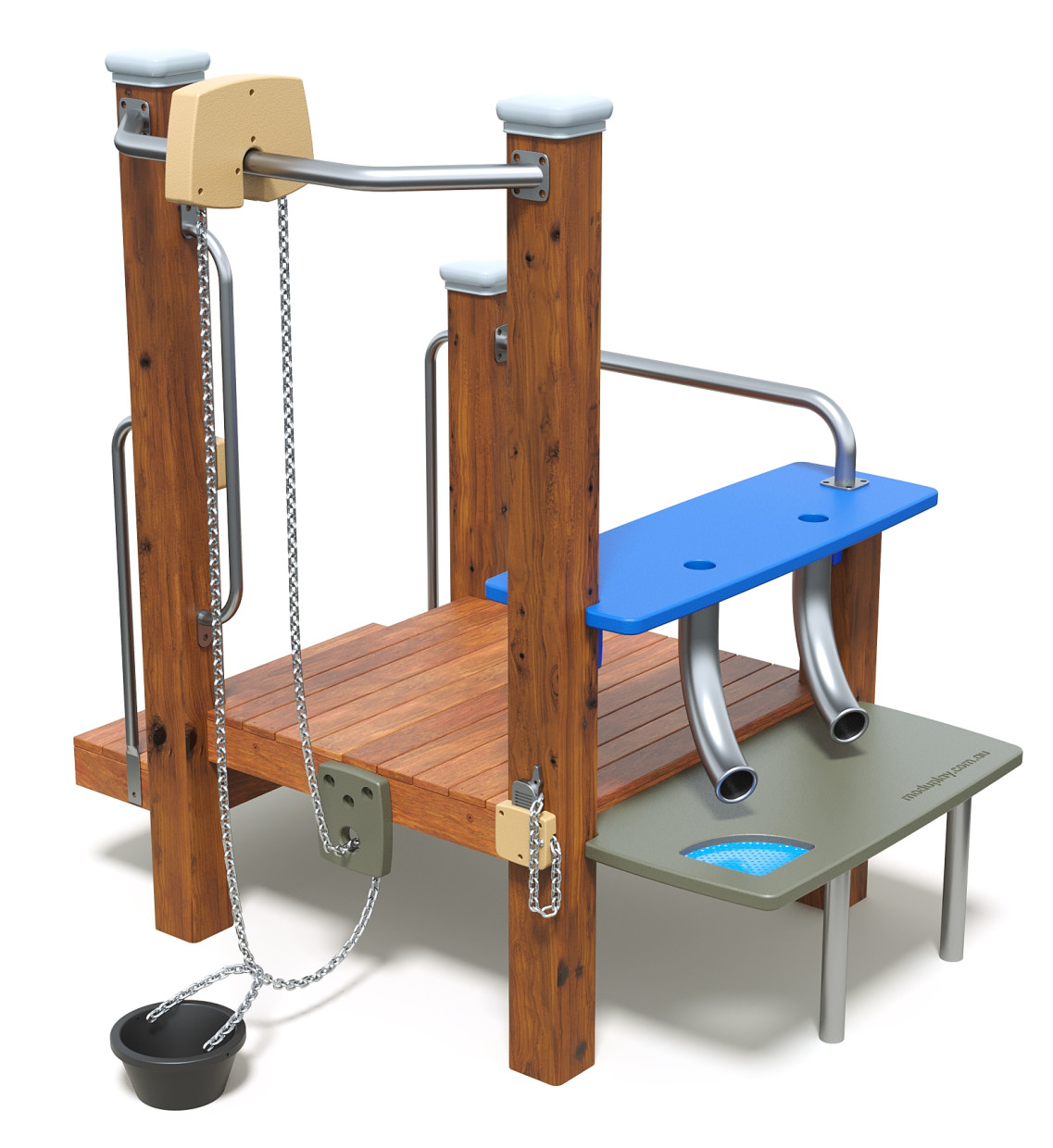
Featured product: Sand works
Sand and water environments encourage investigative learning and emotional regulation.
Sensory-Focused Structures
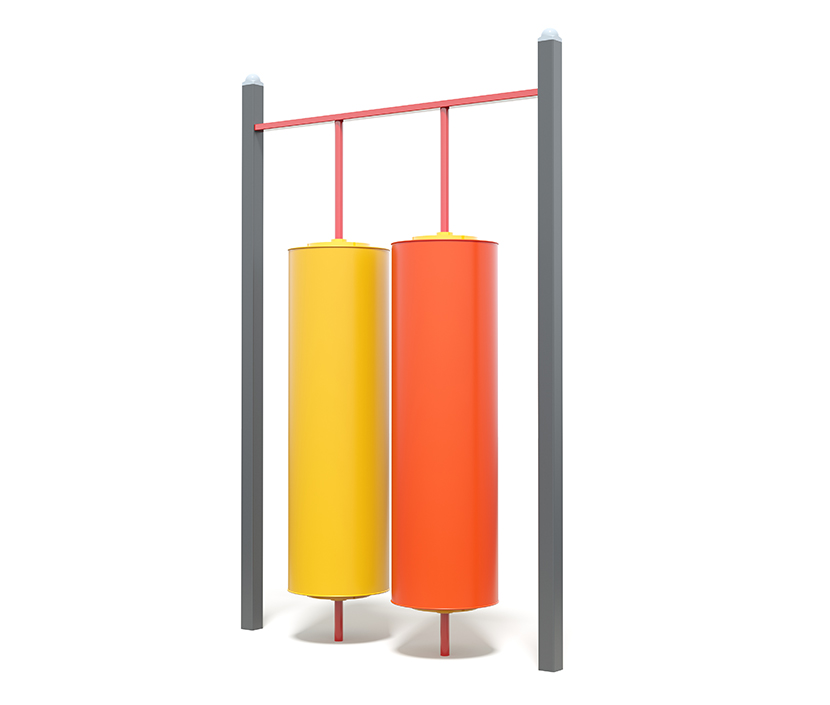
Featured product: Squeeze cylinders
Sensory needs like squeezing provide a calming effect for people.
What Kinds of Places need Sensory Gardens?

Sensory environments support wellbeing, connection and gentle engagement wherever they are placed.
- Palliative care and rehabilitation environments
- Botanic gardens and cultural precincts
- Correctional or secure care settings
- Retirement and senior living communities
- Public parks and community spaces
- Schools and early learning centres
- Aged care facilities
- Hospitals and healthcare campuses
Bringing Nature and Play Together
Sensory gardens help create places where people can reconnect with nature and with one another. When thoughtfully designed, they encourage curiosity, reflection and shared experience.
For project teams, they also offer a practical way to link play, planting and accessibility in one clear design move. If you are planning a new play space or upgrading an existing site, a sensory garden can be a simple, high value addition to your brief.

You haven’t selected any products yet.



